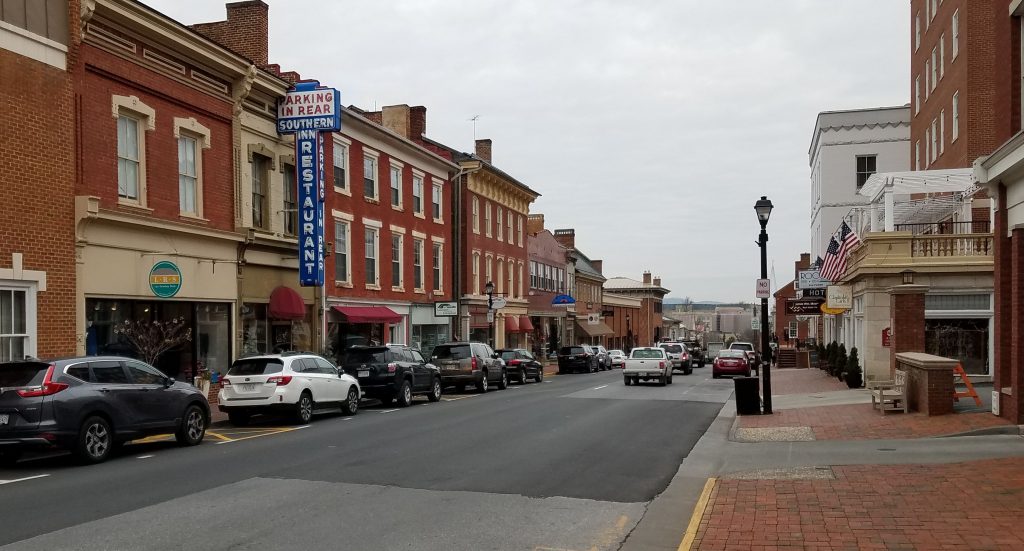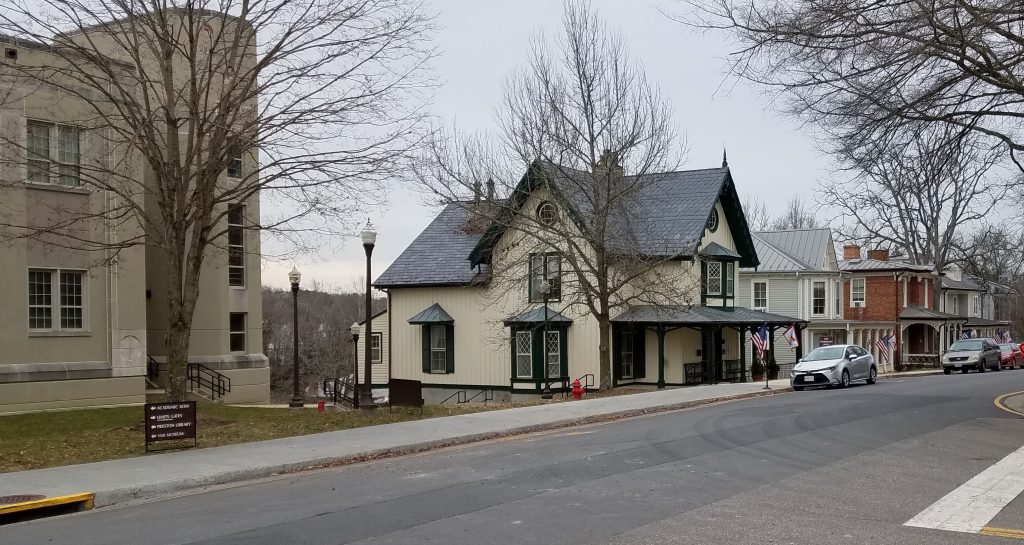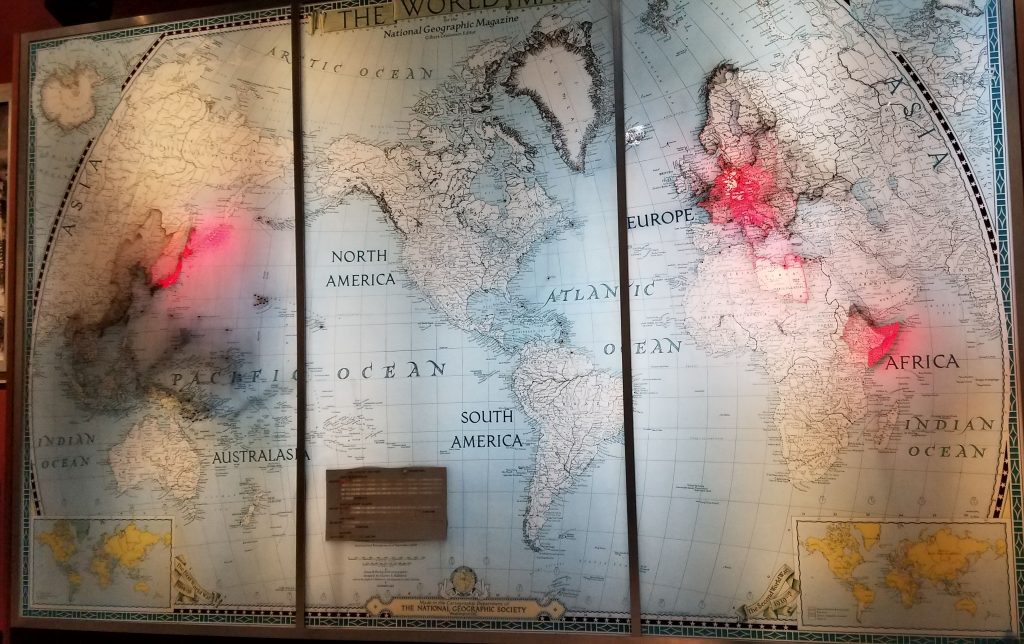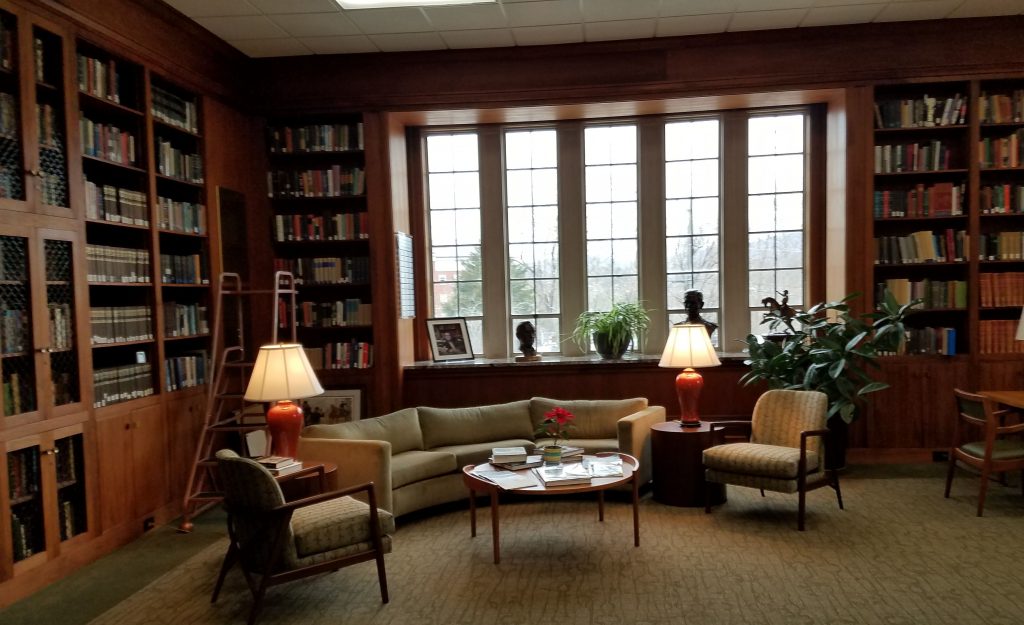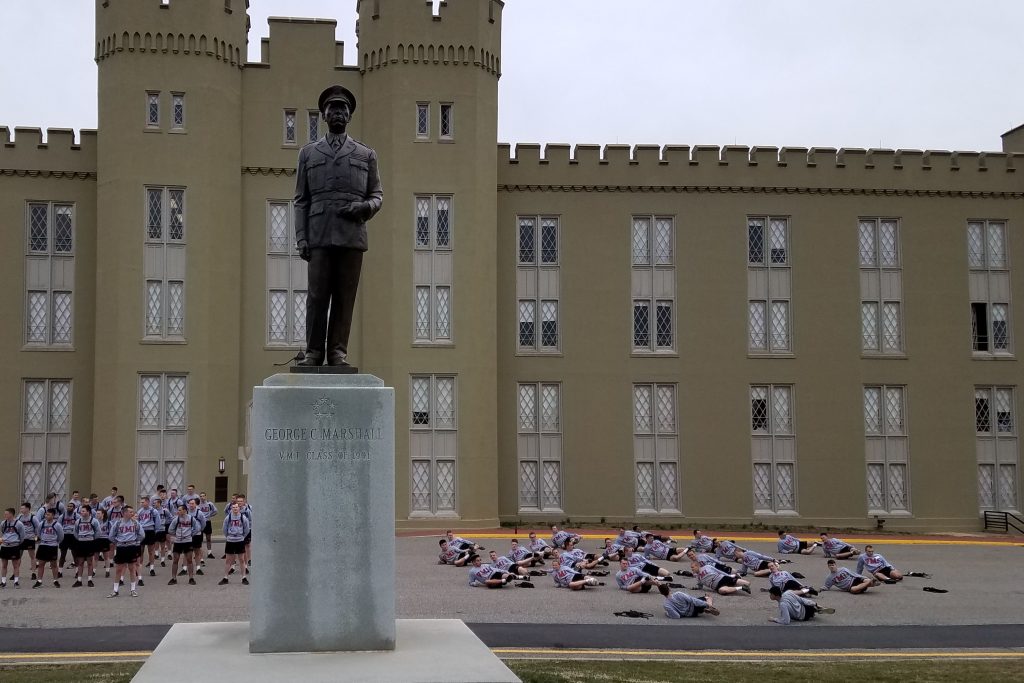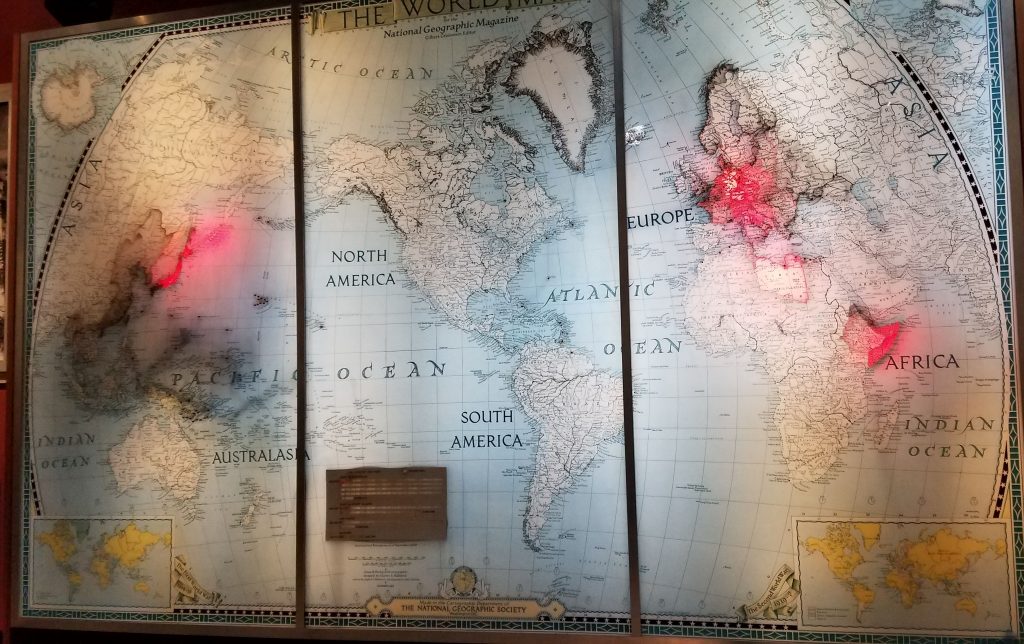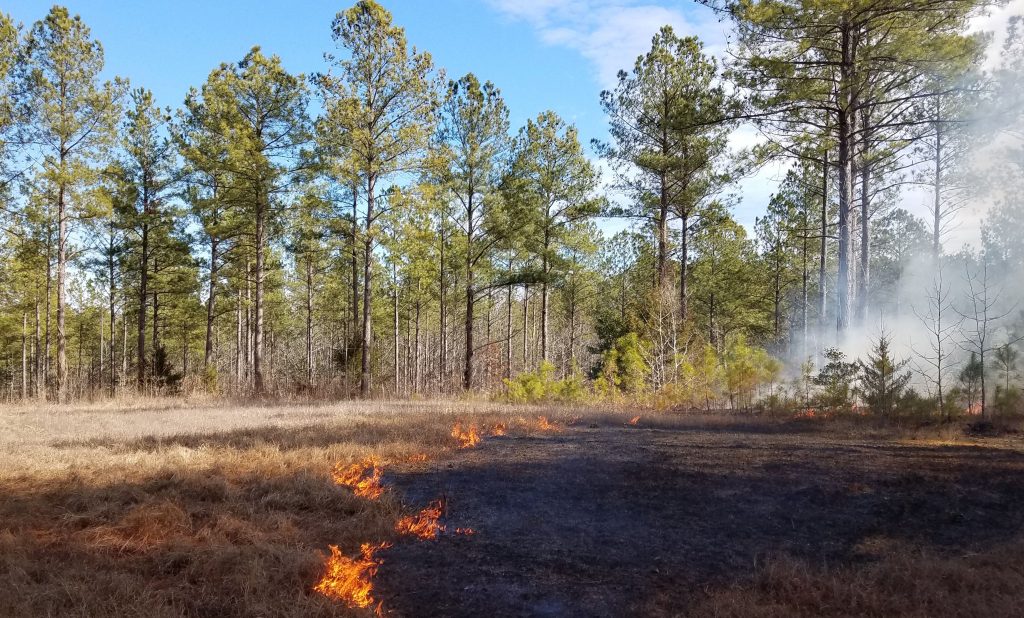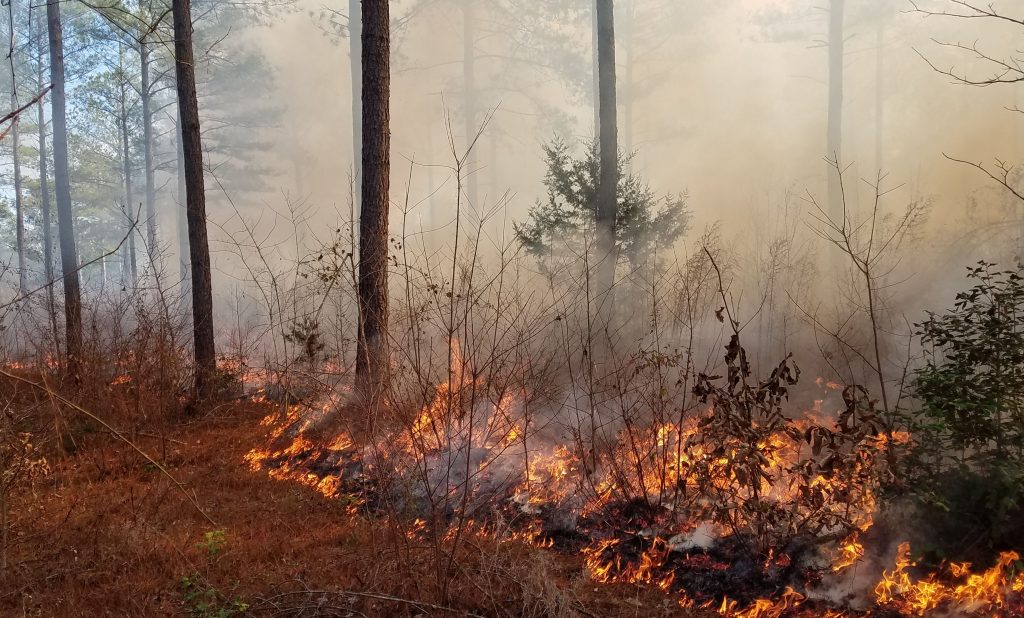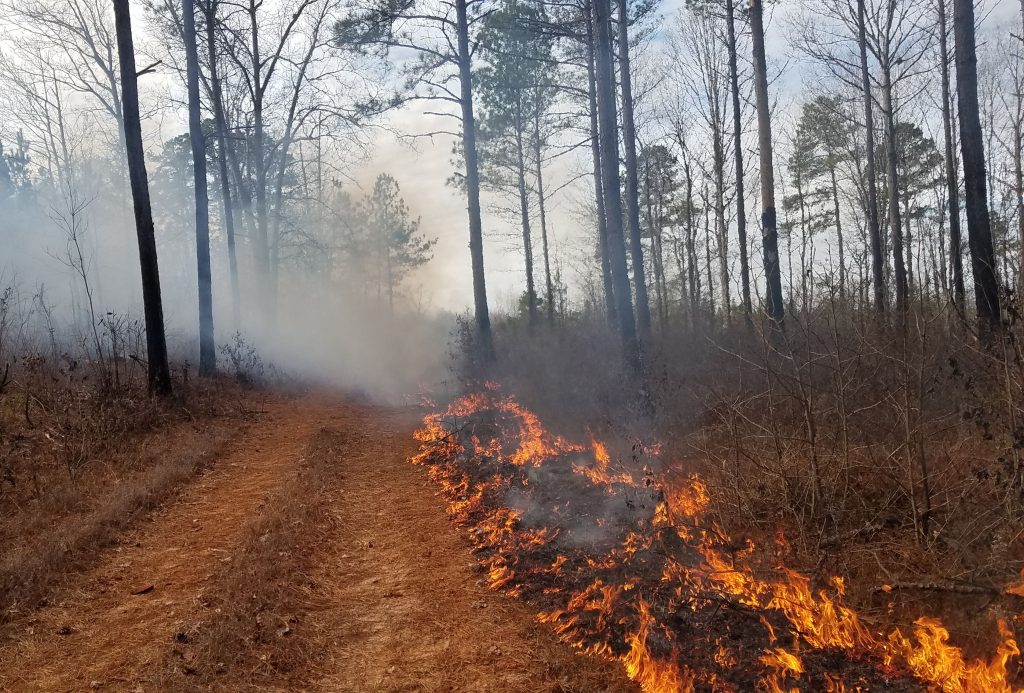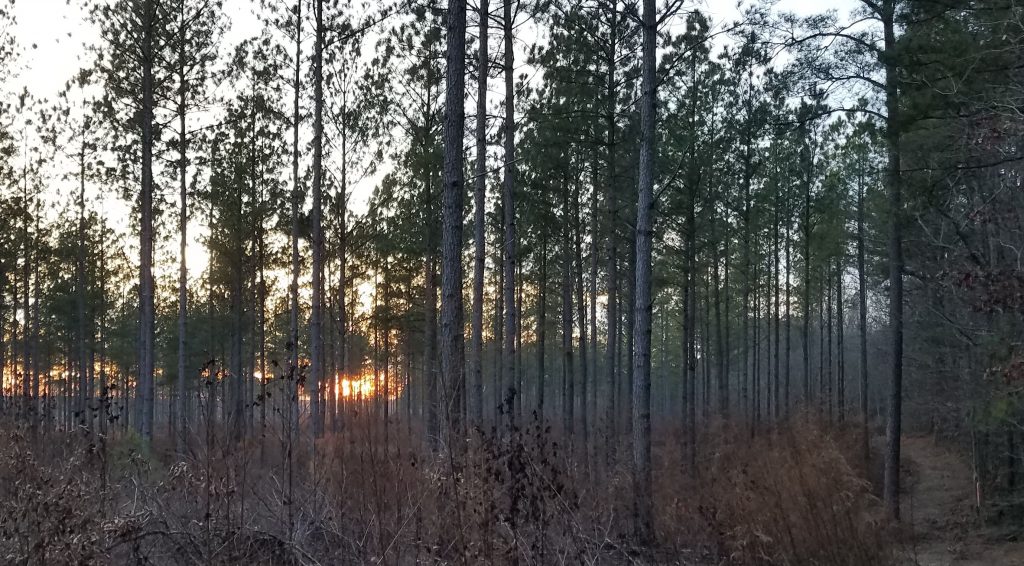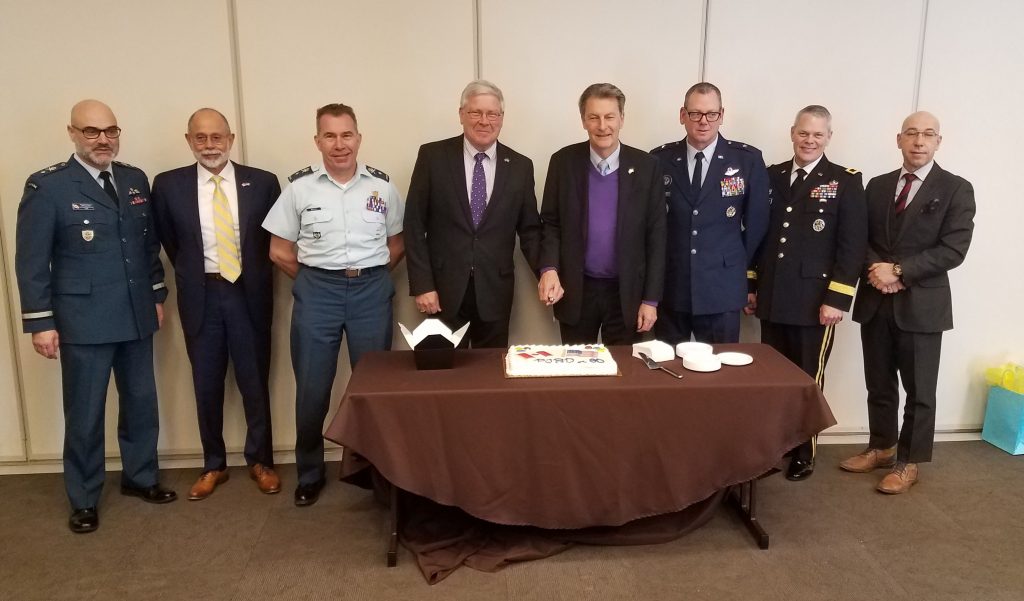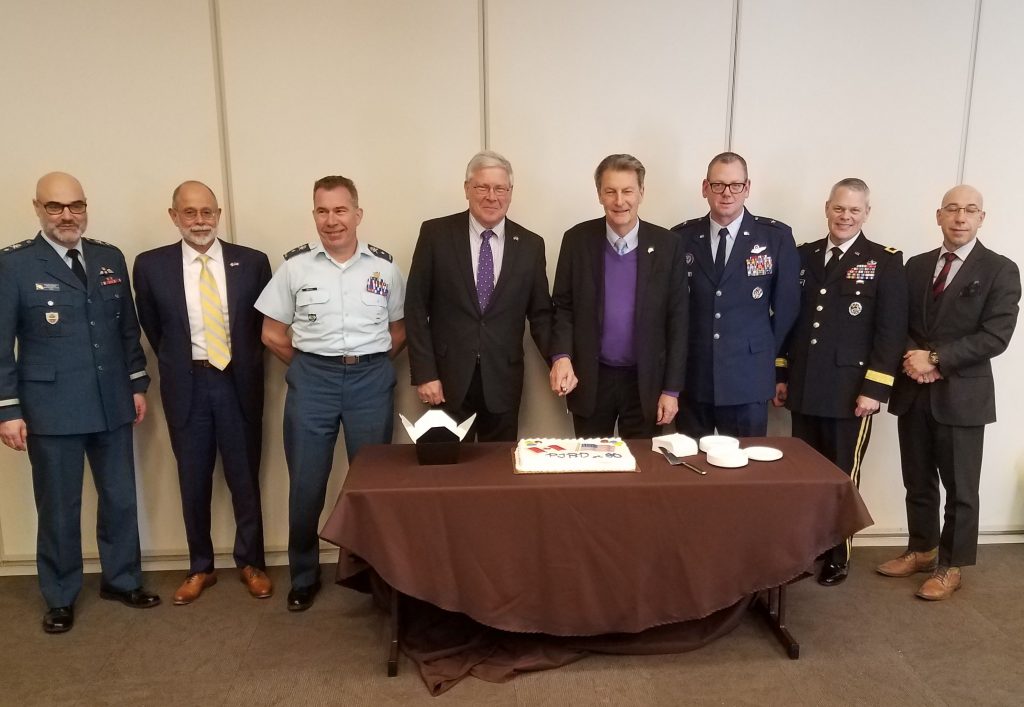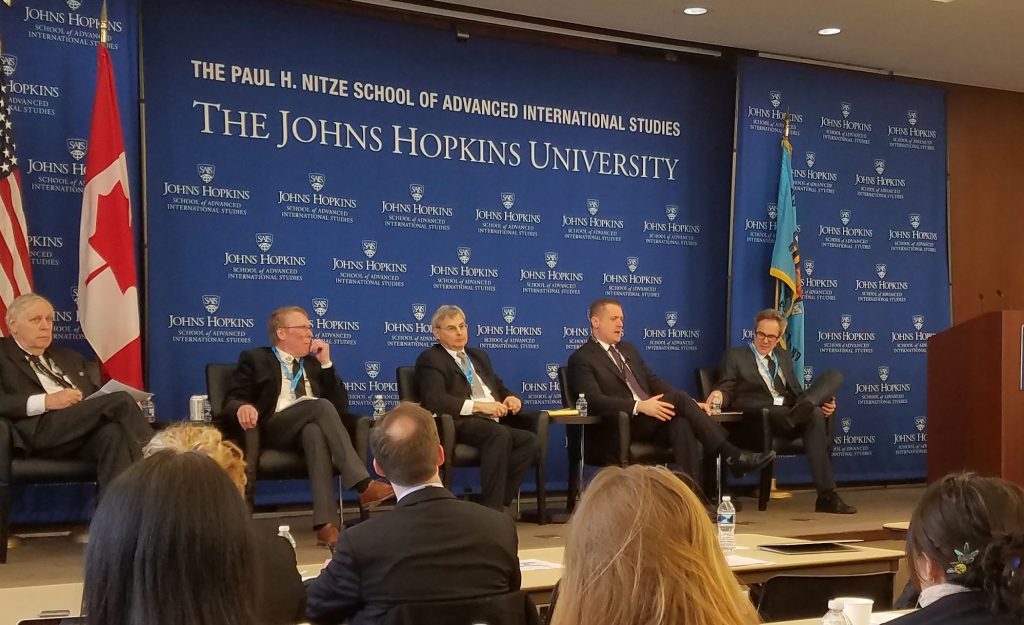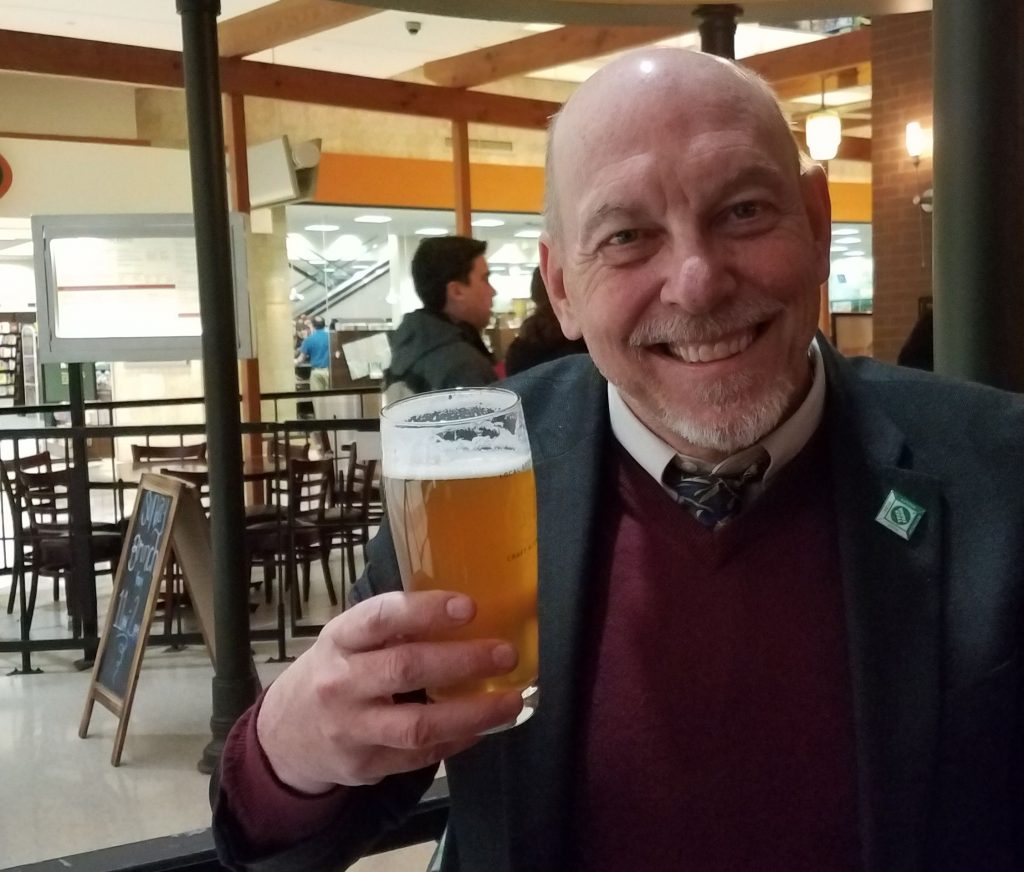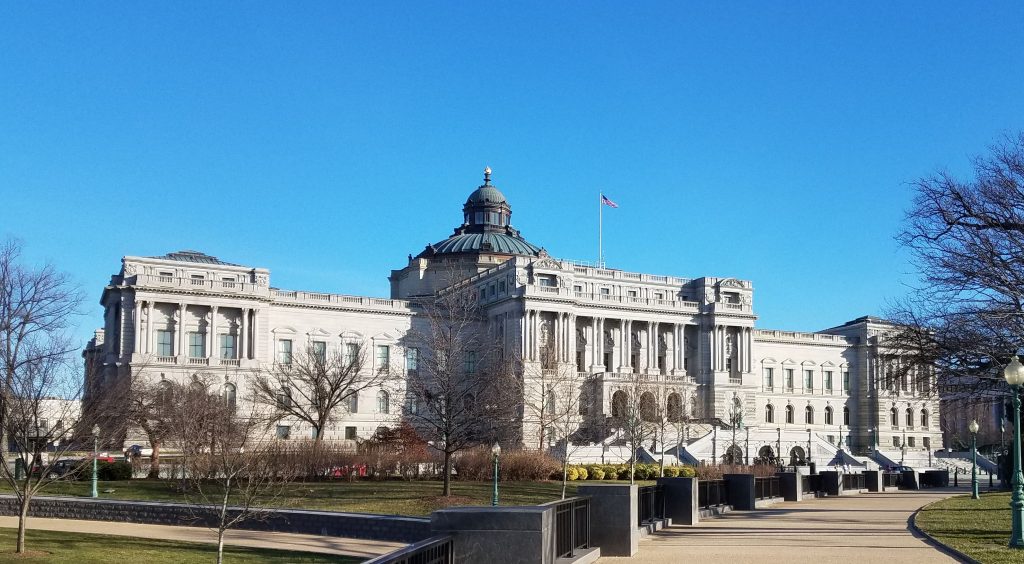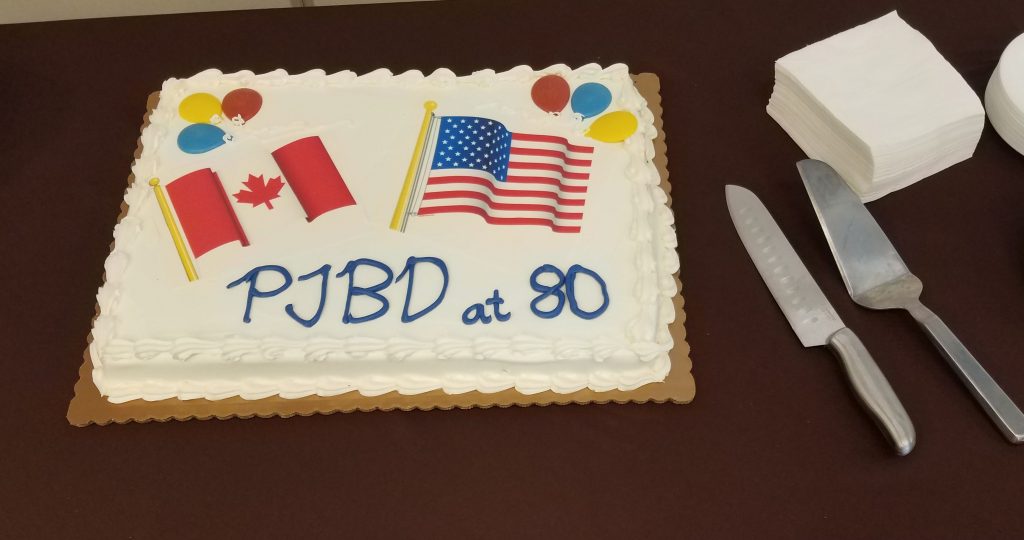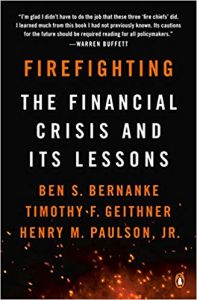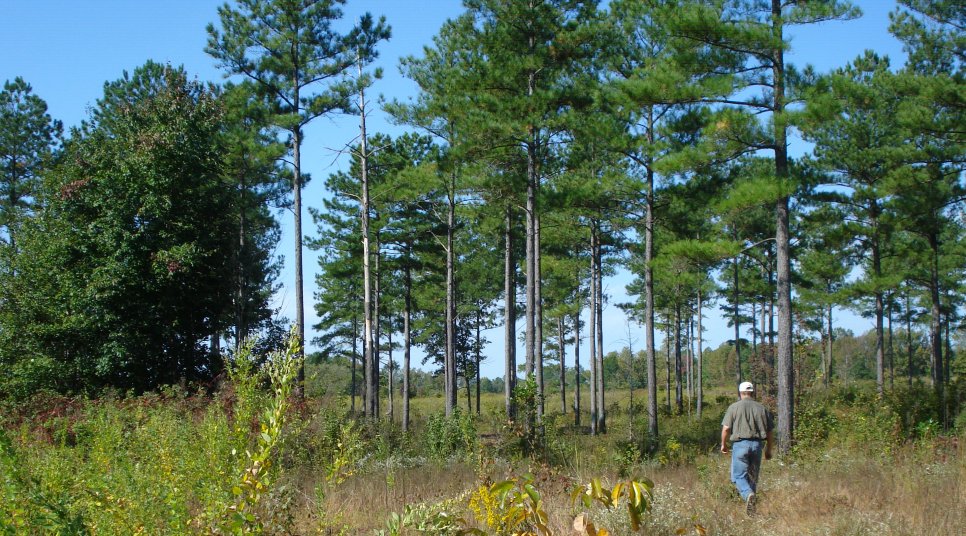I have to get a new battery. My car would not start this morning and I had to call USAA to get a jump start. That made me late for the forest heath conference. I don’t regret that too much. I missed sessions on pesticide safety, a technical presentation for certification I am not seeking, on aquatic invasive that I do not deal with and on the progress of the spotted lanternfly in Pennsylvania. The last would be interesting for historical reasons, but since I arrived in time for the presentation on the spotted lanternfly in Virginia, I figured it was okay. Also, one of the big reasons I attend these conferences is to see forestry friends and meet new ones, and this I did.
Agenda
Spotted lanternfly in Virginia
Spotted Lanternfly in Virginia – David Gianino, Virginia Department of Agriculture and Consumer Services
The spotted lanternfly is a showy insect that showed up in Pennsylvania from China in 2014. It made it to Virginia in 2018, Fredrick County and Winchester. It probably arrived on a load of rocks. A big danger of the lanternfly is that it can stick egg masses on almost any flat surface, and to the untrained eye the egg masses look a lot like a mud splash.
The lanternfly feeds on ailanthus and tends to follow that tree. If it limited itself to ailanthus, most of us would welcome the help. Unfortunately, they also preferentially go after magnolia, silver maples and zelkova, and will attack a variety of other trees and agricultural crops opportunistically.
Mr. Gianino described efforts to quarantine and eradicate lanternflies in Fredrick County and Winchester. Unfortunately, it has been more a holding action than a victory. The egg masses can stick to car and rail cars, so the efforts are aimed at rail and road networks. You can imagine the challenge. Winchester is a rail center and served by Interstate 81, which is why it is necessary to get the infestation under control there and probably how the lanternflies arrived in the first place.
If you see a lanternfly, report it and then kill it and any of its eggs or kin you find nearby. They even have an app to help and give a kind of contest feel. People can compete to find and kill the most of the pests. SQUISHR is available at the Apps Store.
Globalization of soils
Can Soil Microbes Be Used as a Metric to Assess Urban Soil Health? – Stephanie Yarwood, University of Maryland
The next discussion concerned urban soils worldwide. We notice that lots of urban animals & plants have been globalized. Rats, pigeons, starlings, sparrows, dandelions, turfgrass & various sorts of ornamental trees and bushes are so common in cities worldwide that most city dwellers probably think that they are native to their home cities. What about soils? Is there a convergence of soils and soil microbes?
Yarwood and her colleagues studied soils in Baltimore, Helsinki, Budapest and Potchefstroom in South Africa. These cities were chosen for opportunistic reasons. The teams studied less altered soils from the nearby countryside and soils in various states of disturbance. They found that the soils were indeed converging.
Yarwood also talked about mycorrhizae. These are the symbiotic fungi that help plants get nutrients, protect the plants from toxins and pathogens, influence soil structure and the community of plants. Mycorrhizae functions are still imperfectly understood. What we do know is that they greatly enhance plant growth and sterile soils w/o them is not much use, not matter how rich. There are two major types. Ectomycorrhiza tend to work outside the roots systems. They are less common than endomycorrhiza or arbuscular mycorrhiza, that work more within the roots, but are common on lots of the trees we most value, such as pine, oak, hickory & beech.
Mycorrhiza networks are disturbed when soils are disturbed, so frequently disturbed urban soils might share characteristics with other disturbed urban soils.
Pollinators
Pollinators – James Wilson, Ph.D., Virginia Tech – what’s with the bees?
What can forest managers do that will most help bees? Mr. Wilson said, “T&B” thin and burn. The best thing you can do is provide a wide variety of flowering plants. Most of the plants we eat do NOT require bee pollination, since most of our food comes from grains, which are not bee pollinated.
Bees eat pollen, however. That is why they hang around corn fields. They are not pollinating, but they are gathering pollen. This is where bees are sometimes harmed by pesticides not aimed at them. Ironically, fewer bees are killed when in fields of GMO corn, where pesticides are less necessary.
There are around 4,500 types of bees in the USA, 536 in Virginia. Most are not honeybees. The honeybees we mostly know live in hives and are not native to North America. Not all bees are social, although most live in communities, few are as large as hone
bee communities and some bees are solitary. The more social the bees, the more generalists they are. Solitary bees often specialize on a particular plant or plant type.
There was a lot of talk about bees disappearing and there are lots of reasons. When they talk about bee decline, they are usually talking about honeybees. A problem with honeybees is concentration and that is often in California. 73% of all portable hives in the USA are in California. This is based on the value. Beekeepers in Virginia can rent out a hive for about $40 a day. In California they can make $175. Hives are literally stacked up in California. The bees are often too close, facilitating the spread of disease and they sometimes just stressing the bees from all the moving.
A practical thing I learned from the talk was that lots of bees, especially the solitary bubble bees, use old stems as nests. Wilson cautioned that we should not cut down old standing stems. Don’t mow any more than you must. I also learned a trivial fact. Bubble bees sometimes shake down pollen by buzzing and vibrating. That is why they seem to be hanging around w/o flying.
Emerald ash borer update
Establishment & Early Impact of Spathius galinae on EAB in the NE US – Jian Duan, Ph.D., USDA Agricultural Research
Eradication of emerald ash borer has failed. That was clear more than a decade ago. That means that the ash will never again be as widespread as it was once. There is some hope against the implacable emerald ash borer, however. Some ash trees are evidently resistant to the ash borer. Ash trees in China and the Russian Far East, home of the emerald ash borer, are fairly resistant. American woodpeckers are starting to eat them, and some local wasps are attacking them. Mr. Duan also talked about varying success of Asian wasps introduced to parasitoid on the larvae of the borers. I learned the parasitoid is different from parasite, in that it always kills the host. Good for ash borers.
All this means that some ash trees will survive and maybe expand their range again, even if they do not become so common as they used to be.
Oak decline
Oak Decline; A Fight Against the Inevitable
This was mostly a talk about individual oak trees and often in urban or suburban environments, interesting but maybe not as useful on the landscape level.
Planning for climate change
Climate atlas
Adaptation Planning and Climate Change – Leslie Grant and Patricia Leopold, United States Forest Service
Virginia is getting warmer and wetter. Trees take a long time to mature and forest ecosystem take longer than individual trees to develop. That means we need to plant today for the expected climate tomorrow. Scientist have estimated which trees and ecosystems will prosper and which will be challenged.
Loblolly, for example, will expand its range and be even more appropriate in Virginia. Poplar range is likely to shrink in the commonwealth. Fairfax County is thinking about the future and changing its tree planting plans and recommendations.
I have been adapting on my own land. The longleaf pine we are planting are at the northern edge of their natural range and genetically they come from farther south. I am also planting bald cypress in some of the damper places. The “Virginia” loblolly available from many private firms tends to be genetically from Georgia or South Carolina. In effect, southern genotypes have been moving north for generations. We can also expect, or at least hope for, epigenetic adaptation.
Fire in the forest & communicating about forestry
The last two presentations of the day, on prescribed fire and on communications, were very much the sort of things I find interesting. The problem was that I have found these subjects interesting for many years and there was not much I had not heard many times. While I was glad to have confirmation, I don’t have much to add.
Tomorrow is another session. Looking forward.



